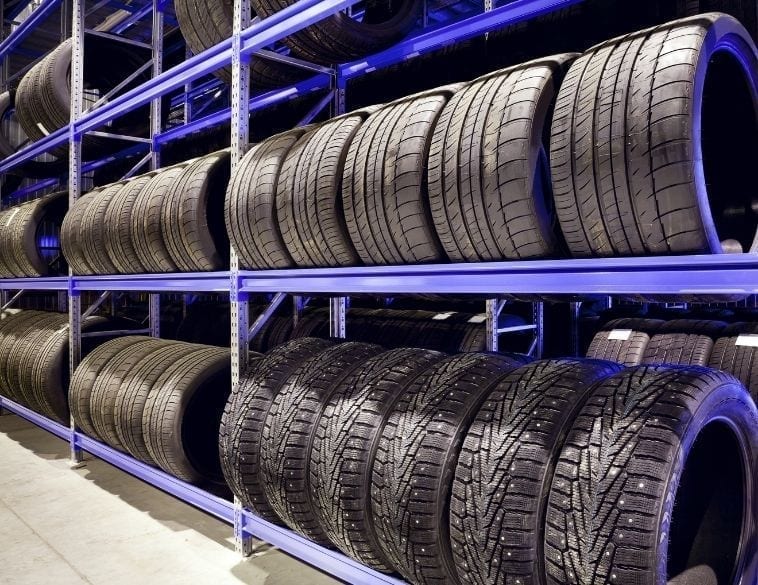Know what’s selling, and what mistakes to avoid.
Wheels are an important product for tire showrooms, because there’s no quicker or easier way for a customer to dress up a vehicle and change its appearance. But knowing what to stock, and how to sell it, is vital they’re going to have an impact on your bottom line.
“The mainstream on aftermarket parts is still for trucks, as you can see from SEMA (aftermarket show) every year,” said Jude Man, Director, Co-Founder of Wheel Tech Group Inc., which markets Superspeed Wheels. “However, the demand for cars is growing, and the segment is more diversified, and requires extensive knowledge.”
Fashion fads and classic designs
Wheels can be just like clothing: fashion fads come and go, but there are classic designs that will always be there. “It depends on the market segment, but in general, simplicity is always the key,” Man said. “The most popular wheel we have has a ten-spoke design. The purpose is to reduce weight, it’s easy to clean, and simplicity. It is easier for the general public to accept a simple design, if you are not targeting a very niche market.
“In addition, another evergreen design in the industry is six-spoke. It originated from Japan, and is still trending after more than a few decades. They both have a very neat spoke layout. In terms of design, the mesh style is getting more and more popular. However, we have seen many companies start to integrate retro elements into their new designs, such as turbo-fan.”
Lightweight and rigid
Man also notes that as electric vehicles become more popular, there will be more demand for lightweight and aerodynamic wheels, which help to increase efficiency and range.
While cast wheels and forged wheels are still popular, Man points to flow form wheels as a growing trend. They’re lighter weight and are more rigid than a cast wheel, but they’re not as pricey as a forged wheel. These wheels are formed under high temperature, spun at high speeds and with pressure applied to the barrel.
Avoiding errors
According to Man, the primary misstep dealers make is in figuring out the size needed. “Not all wheels are made equal, and some have better clearance. Wheel size is determined by the diameter, width, offset or backspacing, centre bore, and PCD (pitch circle diameter). But in reality, two wheels with the same size may not have the same clearance due to the ‘X-factor’ of the wheel, the vertical distance between spoke and back pad. Dealers will have to rely on the manufacturer for the fitment information if they do not have extensive knowledge of it.”
What to stock depends on your customer base, Man said, and knowing how to guide your customers to the right wheels. From there, it’s essential to know what’s selling. “They have to be aware of the trend, and what are the popular vehicles for the moment,” he said. “They can get this kind of information from social media, new car reviews, and vehicle manufacturer sales reports. And lastly, be careful with the cash flow and never go over it.”



